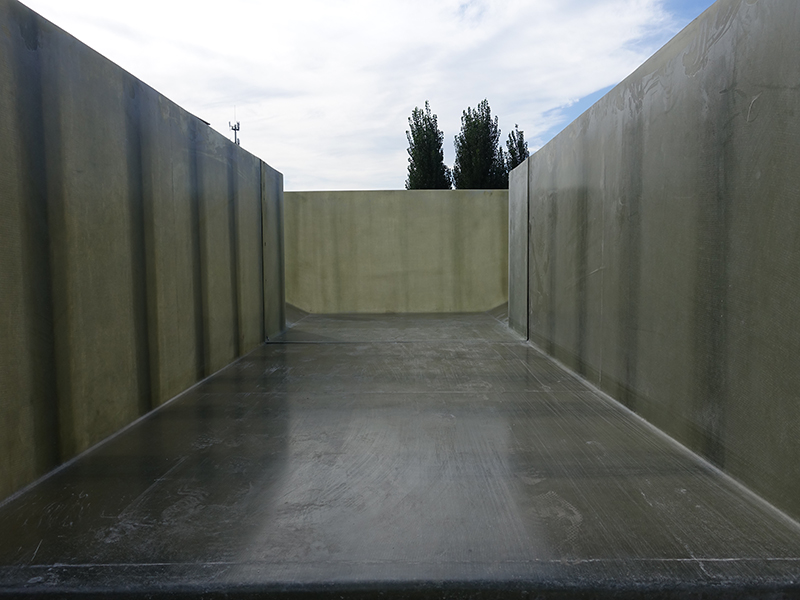
-
 Afrikaans
Afrikaans -
 Albanian
Albanian -
 Amharic
Amharic -
 Arabic
Arabic -
 Armenian
Armenian -
 Azerbaijani
Azerbaijani -
 Basque
Basque -
 Belarusian
Belarusian -
 Bengali
Bengali -
 Bosnian
Bosnian -
 Bulgarian
Bulgarian -
 Catalan
Catalan -
 Cebuano
Cebuano -
 China
China -
 China (Taiwan)
China (Taiwan) -
 Corsican
Corsican -
 Croatian
Croatian -
 Czech
Czech -
 Danish
Danish -
 Dutch
Dutch -
 English
English -
 Esperanto
Esperanto -
 Estonian
Estonian -
 Finnish
Finnish -
 French
French -
 Frisian
Frisian -
 Galician
Galician -
 Georgian
Georgian -
 German
German -
 Greek
Greek -
 Gujarati
Gujarati -
 Haitian Creole
Haitian Creole -
 hausa
hausa -
 hawaiian
hawaiian -
 Hebrew
Hebrew -
 Hindi
Hindi -
 Miao
Miao -
 Hungarian
Hungarian -
 Icelandic
Icelandic -
 igbo
igbo -
 Indonesian
Indonesian -
 irish
irish -
 Italian
Italian -
 Japanese
Japanese -
 Javanese
Javanese -
 Kannada
Kannada -
 kazakh
kazakh -
 Khmer
Khmer -
 Rwandese
Rwandese -
 Korean
Korean -
 Kurdish
Kurdish -
 Kyrgyz
Kyrgyz -
 Lao
Lao -
 Latin
Latin -
 Latvian
Latvian -
 Lithuanian
Lithuanian -
 Luxembourgish
Luxembourgish -
 Macedonian
Macedonian -
 Malgashi
Malgashi -
 Malay
Malay -
 Malayalam
Malayalam -
 Maltese
Maltese -
 Maori
Maori -
 Marathi
Marathi -
 Mongolian
Mongolian -
 Myanmar
Myanmar -
 Nepali
Nepali -
 Norwegian
Norwegian -
 Norwegian
Norwegian -
 Occitan
Occitan -
 Pashto
Pashto -
 Persian
Persian -
 Polish
Polish -
 Portuguese
Portuguese -
 Punjabi
Punjabi -
 Romanian
Romanian -
 Russian
Russian -
 Samoan
Samoan -
 Scottish Gaelic
Scottish Gaelic -
 Serbian
Serbian -
 Sesotho
Sesotho -
 Shona
Shona -
 Sindhi
Sindhi -
 Sinhala
Sinhala -
 Slovak
Slovak -
 Slovenian
Slovenian -
 Somali
Somali -
 Spanish
Spanish -
 Sundanese
Sundanese -
 Swahili
Swahili -
 Swedish
Swedish -
 Tagalog
Tagalog -
 Tajik
Tajik -
 Tamil
Tamil -
 Tatar
Tatar -
 Telugu
Telugu -
 Thai
Thai -
 Turkish
Turkish -
 Turkmen
Turkmen -
 Ukrainian
Ukrainian -
 Urdu
Urdu -
 Uighur
Uighur -
 Uzbek
Uzbek -
 Vietnamese
Vietnamese -
 Welsh
Welsh -
 Bantu
Bantu -
 Yiddish
Yiddish -
 Yoruba
Yoruba -
 Zulu
Zulu
frp ductwork
Understanding FRP Ductwork A Comprehensive Overview
FRP ductwork, or Fiberglass Reinforced Plastic ductwork, is becoming increasingly popular in various industries due to its myriad benefits and applications. This specialized ducting material is composed of a reinforced plastic matrix, primarily fiberglass, which provides a strong yet lightweight solution for transporting air and other gases in industrial, commercial, and even residential settings.
Understanding FRP Ductwork A Comprehensive Overview
Furthermore, FRP ductwork boasts a high strength-to-weight ratio. Its lightweight nature simplifies installation and reduces the structural support needed in buildings. For contractors and engineers, this means less labor and reduced installation costs. The ease of maneuverability of FRP components can significantly expedite project timelines, allowing for quicker operational readiness.
frp ductwork

In addition to its physical properties, FRP ductwork exhibits great thermal insulation. This characteristic prevents heat loss in heating, ventilation, and air conditioning (HVAC) applications, leading to improved energy efficiency. Businesses aiming to minimize operational costs and carbon footprints will find FRP ductwork particularly appealing. Insulated FRP systems contribute to maintaining desired temperatures in air distribution, which can be crucial in applications like cold storage or climate-controlled environments.
The customization capabilities of FRP ductwork should not be overlooked. Manufacturers can produce duct sections in various shapes, sizes, and designs to meet specific project requirements. This kind of versatility makes it adaptable to a wide range of applications, from intricate HVAC designs to straightforward industrial installations. Additionally, FRP can be engineered to meet specific fire resistance requirements and is available in various colors and finishes, allowing for seamless integration into existing systems and aesthetics.
However, it is also important to consider potential drawbacks. Although FRP is resistant to many chemicals, it can be susceptible to damage from certain solvents and UV light exposure. Proper care must be taken to assess the operational environment and select the appropriate grade of FRP to mitigate these concerns. Regular inspections and assessments should be part of a comprehensive maintenance strategy to ensure the durability of FRP duct systems.
In conclusion, FRP ductwork offers significant advantages that make it a compelling option for a variety of applications. Its corrosion resistance, lightweight nature, thermal efficiency, and customization potential provide solutions that traditional materials may struggle to deliver. As industries continue to seek efficient, cost-effective, and durable building solutions, FRP ductwork is poised to play a pivotal role. Whether it's for a new HVAC installation or a replacement in a challenging environment, FRP ductwork represents a modern, innovative approach to air distribution and duct construction. As the demand for sustainable and efficient solutions grows, understanding the benefits and challenges of FRP ductwork will be essential for engineers, contractors, and facility managers alike.









